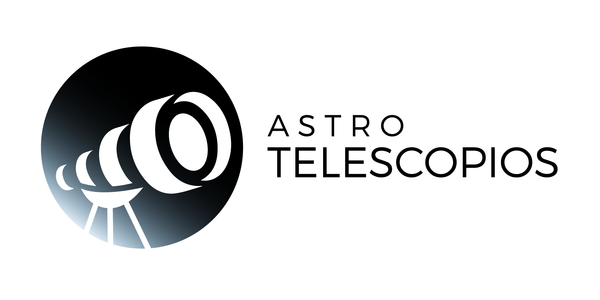
Calendar of visible comets in 2024: comets visible to the naked eye and with telescopes or binoculars
Among some of the most notable astronomical events for this year of 2024 are 5 comets that will be visible, some with the naked eye and others with the help of a beginner's telescope or binoculars.
Comets are celestial bodies composed mainly of rock, ice and dust that orbit the Sun. They are easily identified by the tail formed by the interaction of their atmosphere with the solar winds.
When the comet approaches the Sun, over the orbit of Mars, temperatures increase enough to cause the evaporation of its components. That's when the queue starts to form.
Although there are thousands of cataloged comets, they are not easy to observe, but this year we will be able to see 5 of them, 2 with the naked eye and 3 with the help of a beginner's telescope or binoculars.
Comets observable with the naked eye
Among the comets that can be seen from Spain in 2024, there are two observable with the naked eye: comet 12P/Pons-Brooks and comet C/2023 A3 Tsuchinshan-ATLAS.
Comet 12P/Pons-Brooks
On April 21, 2024, 12P/Pons-Brooks will reach its perihelion, that is, its closest orbit to our star the Sun, with a magnitude of 4.2. The day it will be closest to Earth will be June 2, and at that time its magnitude will be 6.3.
It is expected that during its perihelion, in April, it will be visible to the naked eye in a dark sky, offering an impressive spectacle for observers. Furthermore, in June, when the comet is closest to Earth, it will be possible to see it with small binoculars.
Comet C/2023 A3 Tsuchinshan-ATLAS
This comet will reach its perihelion on September 27, with a magnitude of 0.2. On October 12, the date on which it will be closest to planet Earth, its magnitude will be -0.9. From Spain it will be visible just after perihelion. An object of magnitude 0.2 has a brightness similar to the star Rigel (Beta Orionis). Therefore, it will be visible to the naked eye.
Comets visible with telescope and binoculars
If you have binoculars, or better yet a telescope or are thinking of buying one, then you will be able to see 3 more comets this year. This is the case of comets PanSTARRS, Olbers and Linear.
Comet C/2021 S3 (PanSTARRS) was discovered on September 24, 2021 by the Pan-STARRS 2 telescope, located at the Haleakala Observatory in Hawaii, United States. It will reach its perihelion on February 14, 2024 with a magnitude of 7.1. On March 14, when it is closest to Earth, its magnitude will again be 7.1. During February and March 2024, it can be observed with small binoculars.
The stellar magnitude of PanSTARRS is similar to that of the star clusters NGC 457 and NGC 654, another reference is the planet Neptune with an approximate magnitude of 7.8, that is, the comet will be more visible than the planet itself.
On the other hand, comet 13P/Olbers , a Halley type, was discovered by Heinrich Olbers in 1815. It has an orbital period of 69 years and will reach its perihelion on June 30, 2024, with a magnitude of 7.5. On July 20, when it is closest to Earth, it will have a magnitude of 7.6. In the Northern Hemisphere, it will be visible in June and July with binoculars.

Finally, comet 333P/LINEAR , discovered by the LINEAR project in 2007, has an orbital period of 8.7 years. Its perihelion will be on November 29, with a magnitude of 9.8. On December 9, 2024, when it is closest to Earth, it will have a magnitude of 10. It can be seen in both hemispheres using medium-sized binoculars.
To observe this comet, a telescope with a stellar limit magnitude of approximately 12 is recommended, which is a catadioptric telescope with a 150 mm aperture. These telescopes allow you to observe all the planets in the solar system, as well as many distant objects, such as NGC 4631 (Whale Galaxy), located 25 million light years away.



